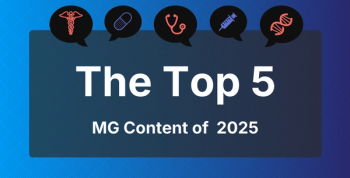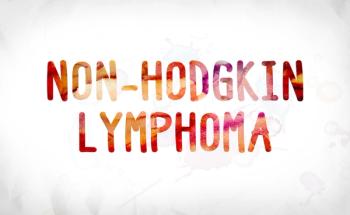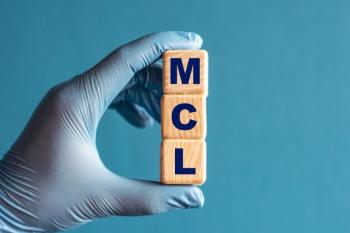
Study Investigates Impact of Migraine on Clinical Presentation of Insomnia
Patients with insomnia had an increased risk of migraine and nonmigraine headache compared to those without insomnia.
Migraine and insomnia have a strong association—the risk for developing insomnia increases in patients with an increased migraine headache frequency, while the risk for developing migraine positively correlates with severe insomnia. According to a recent study that evaluated the impact of migraine on the clinical presentation of insomnia, patients with insomnia had an increased risk of migraine and nonmigraine headache compared with those without insomnia.
The researchers collected data from the Korean Headache-Sleep Study (KHHS)—a nationwide cross-sectional population-based survey regarding headache and sleep in Korean adults aged 19 to 69 years old. Additionally, the
“Information about the impact of migraine on the prevalence and clinical presentation of insomnia in a population-based sample is currently limited. We hypothesized that migraine affects the prevalence and clinical presentation of insomnia symptoms,” the authors noted. “The purposes of the present study were to investigate 1) the prevalence of migraine and insomnia, 2) the impact of migraine on the prevalence of insomnia, and 3) the impact of migraine on the clinical presentation of insomnia in a general population-based sample.”
In total, 2695 participants were included in the study. Of these participants, 290 individuals had insomnia and 143 individuals had migraine. The migraine and nonmigraine headache proportions were observed to be higher among those with insomnia compared with those without.
Moreover, among the participants with insomnia, the total ISI scores were not significantly different among participants with migraine, nonmigraine headache, and nonheadache. The ISI scores for noticeability of sleep problems to others were significantly higher among participants with migraine and nonmigraine headache compared with those with headache history, according to the results. The researchers noted that other ISI subcomponent scores did not differ significantly between headache status groups.
“These findings suggest that the headache status does not influence the overall severity of insomnia among affected individuals. In contrast, insomnia has a significant impact on the clinical presentation of migraine,” the authors stated. “Migraineurs with insomnia experienced a higher headache intensity and impact of headache ... compared to migraineurs without insomnia.”
The authors concluded that although the results suggest that migraine and insomnia affect each other, their asymmetric casual relationship needs further investigation in additional studies.
Reference
Kim J, Cho S-J, Kim W-J, Yang KI, Yun C-H, Chu MK. Impact of migraine on the clinical presentation of insomnia: a population-based study. J Headache Pain. 2018;19:86. doi: 10.1186/s10194-018-0916-5.
Newsletter
Stay ahead of policy, cost, and value—subscribe to AJMC for expert insights at the intersection of clinical care and health economics.







































